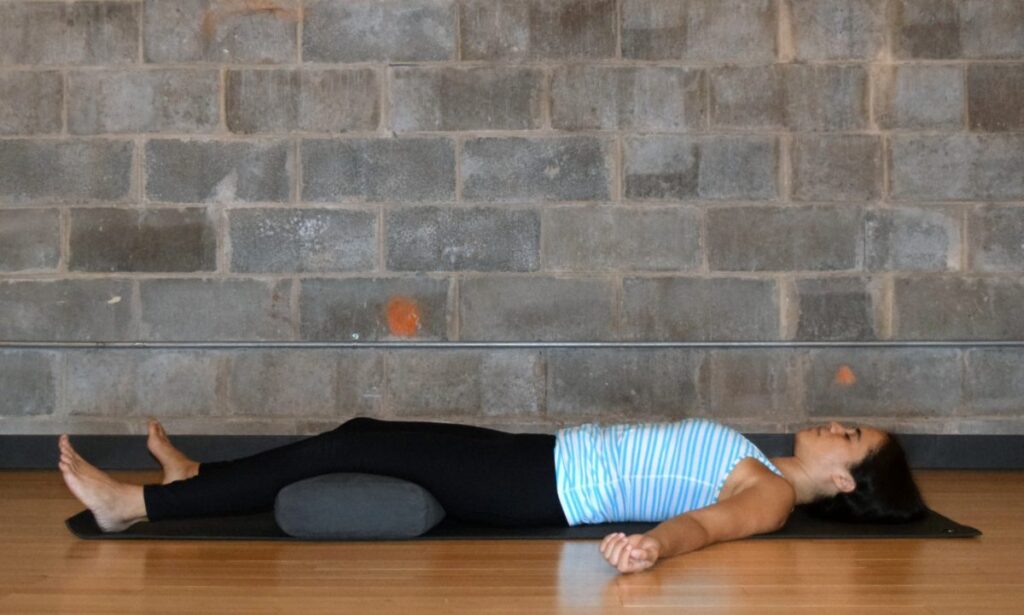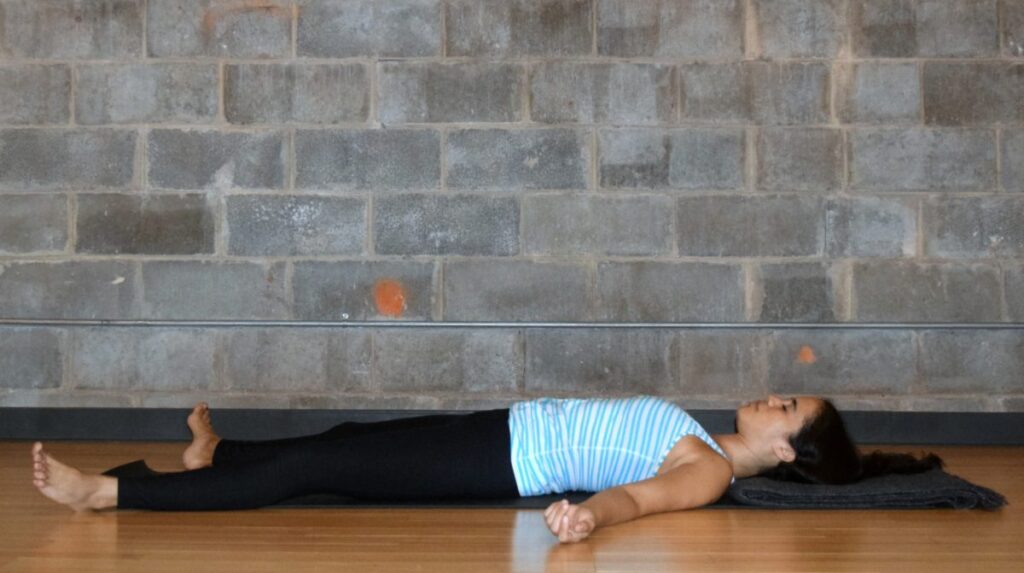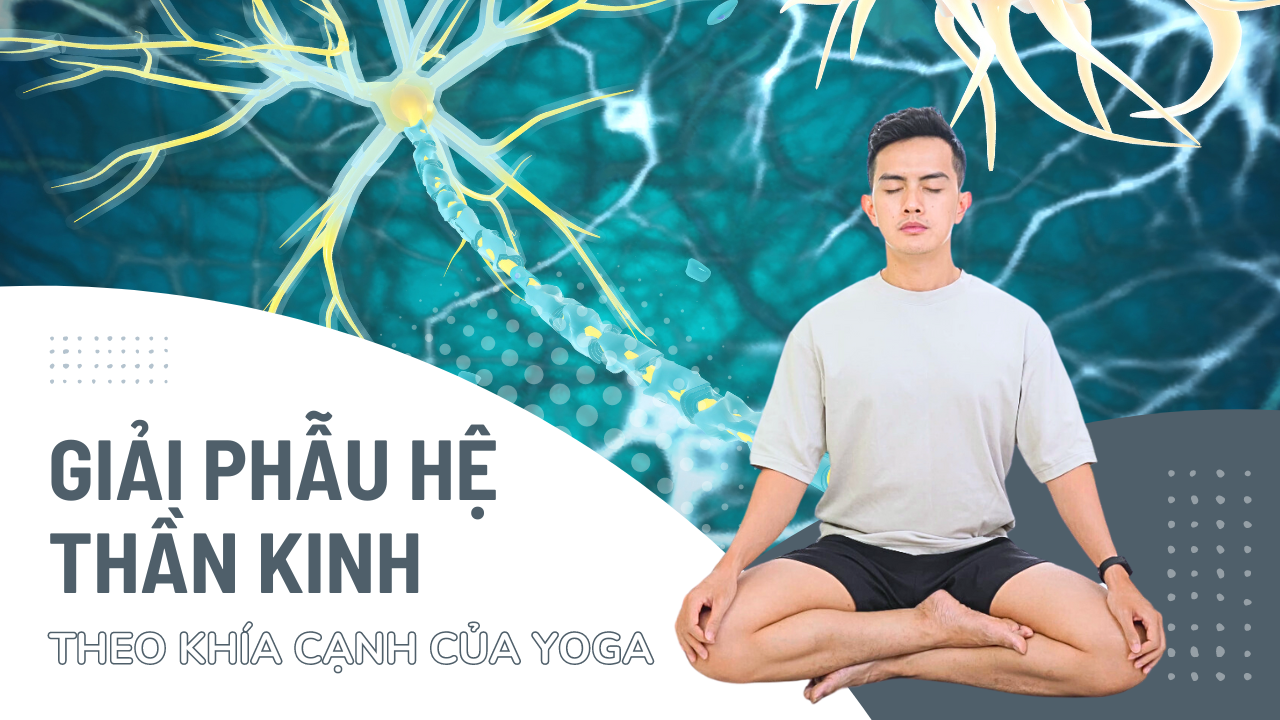Savasana is a popular pose for relaxation in Yoga. Although this is a basic pose, do you fully understand its benefits as well as know how to do it correctly and get the best results? In this article, let's learn more deeply about this interesting Yoga pose with Nguyen.
Introducing Corpse Yoga Pose – Savasana

“Sava” or “shava” refers to a corpse, while “asana” means posture or position. Therefore, Savasana is often called corpse pose. This is a relaxing pose performed at the end of a Yoga session, in which the body is kept fixed in a supine position (lying on the back, facing up).
Although it looks easy, this is a challenging pose because focusing and relaxing is harder than it seems. Since it is performed after one has practiced balancing, twisting and bending throughout the session, lying on the floor remains a difficult task.
Benefits of Corpse Yoga Pose – Savasana
Corpse pose (Savasana) in Yoga brings many important health benefits:
Diabetes control: Savasana helps reduce stress, an important factor in developing diabetes. Research shows that practicing Savasana increases insulin levels and reduces blood sugar.
Control depression: Research shows that Savasana helps reduce stress and boost endorphins, reduces physical exhaustion, and helps control depression.
Controlling insomnia: Savasana promotes deep sleep and calms the mind, helping to improve sleep quality and reduce the need for sleeping pills.
Relax your body: Savasana pose helps release stress and fatigue, especially after performing active Yoga movements.
Reduce headaches and blood pressure: Savasana can help relieve headaches by increasing oxygen flow to the brain and controlling factors related to hypertension.
Open the airways: Relaxing the diaphragm in Savasana helps open the airways, improving free breathing circulation.
Improve mental and physical condition: Savasana helps "reset" and refresh the mind, helping to improve the feeling of physical and mental well-being.
Practicing Savasana daily for at least 15 minutes can bring great benefits to your overall health.
Variations of Corpse Pose
Savasana with a pillow or rolled blanket under the knees:

- Great for people with back pain when lying down. Support pillows keep pressure off the low back.
- To practice this pose, lie down and then place a pillow or rolled blanket under your knees to help support the back of your knees. Arms extended and palms facing up toward the ceiling.
Savasana with a pillow under the head:

- Good choice when made Yoga Nidra lengthen.
- Place a pillow under your head to keep your neck in a neutral position, avoiding neck strain.
Elevate your body with a pillow:

- Good for people with breathing problems when lying flat.
- To set up, elevate your torso with pillows, creating a gentle experience that feels like your feet are resting against a wall.
Savasana lying on one side:

- Good choice for pregnant women and relieves pain in the lower back, hips and rear calves.
- Lie down on one side, with your knees placed on a pillow, creating a comfortable position for your neck and back.
Savasana prone:

- Good choice if lying on your back causes anxiety or discomfort.
- Make sure your neck is in a neutral position by placing something under your forehead.
These variations not only create a deeper relaxation experience in Savasana but also help reduce any difficulties that may arise during Yoga practice.
Some Notes to Remember When Practicing Savasana Pose
Choose a quiet space: Choose a quiet and comfortable place to practice Savasana. Besides, use a yoga mat and a light blanket to keep warm.
Correct thinking: Focus on your breathing and try to empty your mind of everyday thoughts. Visualize a peaceful space or positive image to help the mind relax.
Body balance: Keep your body aligned and place your legs slightly apart. To ensure comfort, place your arms on either side of your body, palms facing up.
Active breathing: Focus on slow, deep breathing. You can try breathing through your nose and out through your mouth to promote relaxation.
Relaxing muscles in the body: Starting at the head and moving down to the feet, relax each muscle group sequentially, taking time to recognize and release pressure in each area of the body.
Workout time: Spend at least 5-10 minutes in this pose to ensure your body has enough time to deeply relax.
Nguyen hopes that the above sharing will be effective and useful for the process of practicing Corpse Yoga pose. Besides, there are also many articles about health and Yoga at Nguyen's blog, especially Youtube channel Nguyen has many other useful exercises and movements, please follow and look forward to Nguyen!



